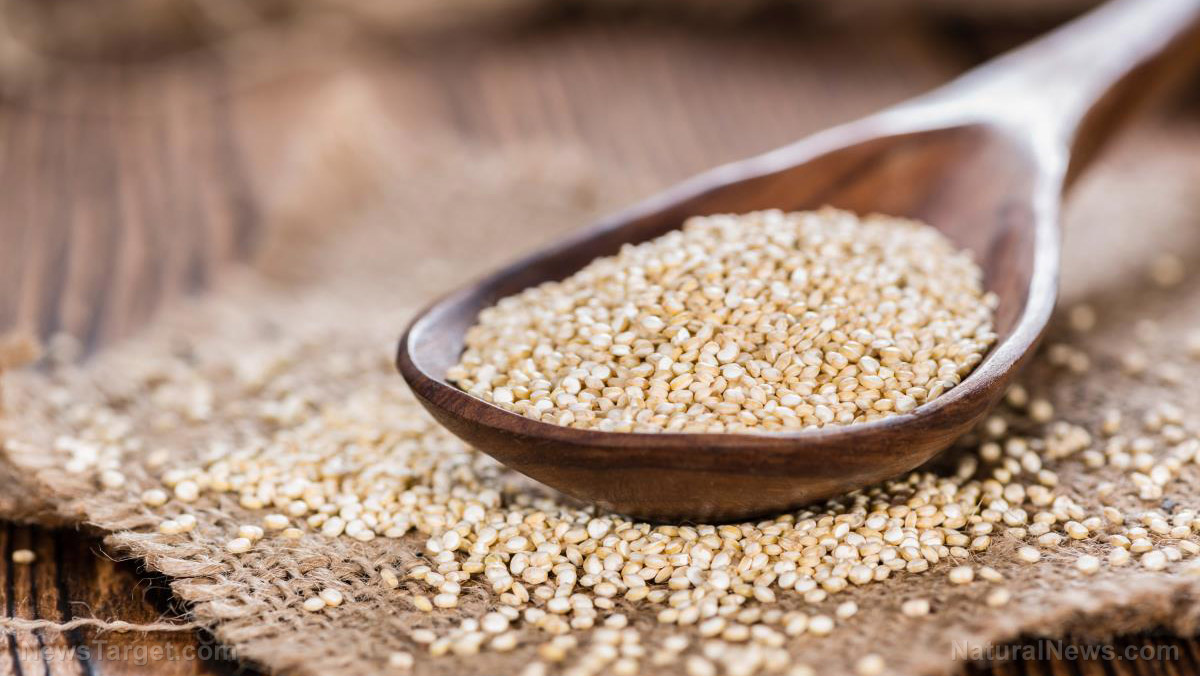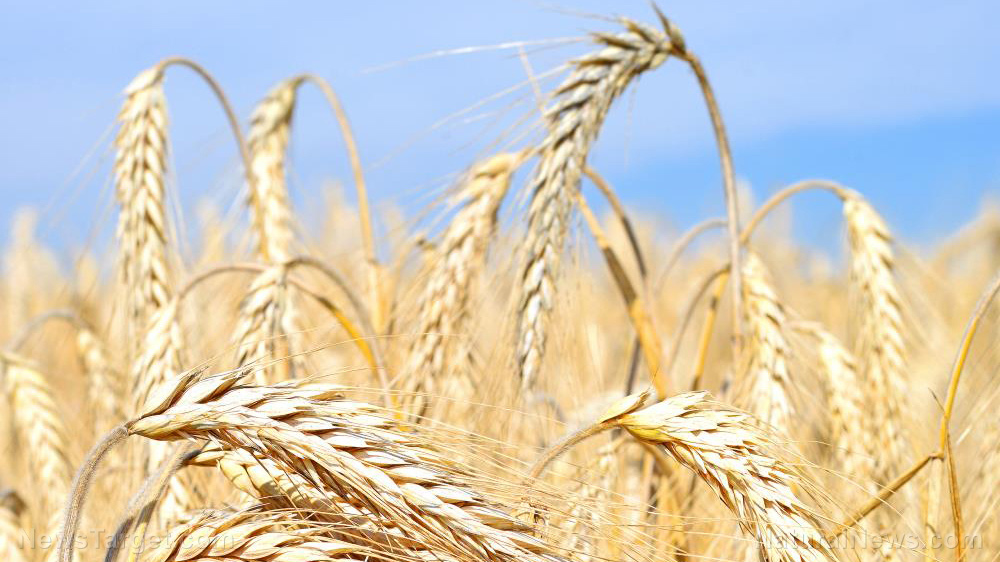6 Must-have foods in times of crisis
10/31/2021 / By Ramon Tomey

Most foods available in grocery stores are not made for long periods of storage, which means they should be consumed within a certain period of time. However, times of crisis such as natural disasters often come unannounced. Aside from natural disasters, rising food prices also threaten to make most food items way above most people’s budgets.
Thus, purchasing staple foods that last for months count among the best strategies for when SHTF. Even though some of these foods may not be familiar to some, they can be both nutritious and filling when whipped up into a meal. Here are some must-have foods to stock on up as you prepare for SHTF events.
Beans and rice
Whole-grain rice and dried beans are perfect for long-term storage and quick meals. White rice has a longer shelf life (about two years) compared to brown rice which tends to go rancid with time. Dried beans can be stored for long periods, but their nutritional value eventually disappears the longer they are kept. Adding a few pinches of baking soda will help tenderize beans that have been kept for extended periods.
Preserved meat
Meat will be the hardest type of food to find during a crisis, so stocking up on preserved meats that last a long time will be of much help. Canned protein sources such as Spam, canned fish and canned chicken will keep for long periods – but always check the expiry or best before dates on the can. Dried meats such as jerky and dehydrated meat will also keep for a long time. Always make sure to trim off all fat and salt the meat heavily before dehydrating. (Related: How to store meat long-term when living off-grid.)
Salt and spices
Alongside raw ingredients, spices and seasonings also have an important role as they give taste to an otherwise bland dish. A good stockpile of salt permits otherwise perishable meat and fish to be cured. It is best to keep salt in an airtight container to prevent it from clumping and absorbing moisture. Meanwhile, spices such as turmeric, black pepper, cayenne pepper and garlic help brighten up dishes and mask flavors. These can last for extended periods as long as they are kept in a cool place.
Canned fruits and vegetables
Canned vegetables and fruits are the next best thing to fresh ones due to the latter’s short shelf life. These provide the same amount of nutrients as their fresh counterparts in times of crisis. The vitamin-rich water can be saved and turned to nutritious soup. However, different kinds of canned goods have different shelf lives. Low-acidity canned goods such as corn and peas can be stored at room temperature for two to five years. Meanwhile, high-acidity canned goods such as tomatoes and mixed fruits have a shorter shelf life of 12 to 18 months.
Raw honey
Raw honey is defined as the product straight from the honeycomb, which is filtered to remove impurities. Unlike regular honey which undergoes pasteurization, raw honey is not processed as it removes most of the antioxidants and other beneficial compounds in it. Raw honey often has a longer shelf life than the pasteurized counterparts available in groceries. Raw honey can also help heal wounds and infections because of its antibacterial properties. (Related: Sweet and natural: 7 Health benefits of raw honey.)
Coffee
Many Americans find their day incomplete without having a good cup of coffee. Some people may experience migraines if they suddenly stop drinking coffee, so it’s best to stock up in case it no longer becomes available. Ideally, coffee beans or grounds should be stored in an opaque and airtight container. This protects the coffee from direct sunlight, heat and moisture. Coffee containers should also be kept away from heat and direct sunlight to maintain flavor.
Keeping these staple foods in stock can help you survive during times of crisis.
FoodCollapse.com has more articles about the most ideal foods to stock up on.
Sources include:
Tagged Under: canned food, dried food, emergency food, food independence, Food storage, food supply, long term storage, preparedness, prepping, preserved food, shelf life, survival, survival food, survivalist
RECENT NEWS & ARTICLES
EmergencyFood.News is a fact-based public education website published by Emergency Food News Features, LLC.
All content copyright © 2018 by Emergency Food News Features, LLC.
Contact Us with Tips or Corrections
All trademarks, registered trademarks and servicemarks mentioned on this site are the property of their respective owners.





















